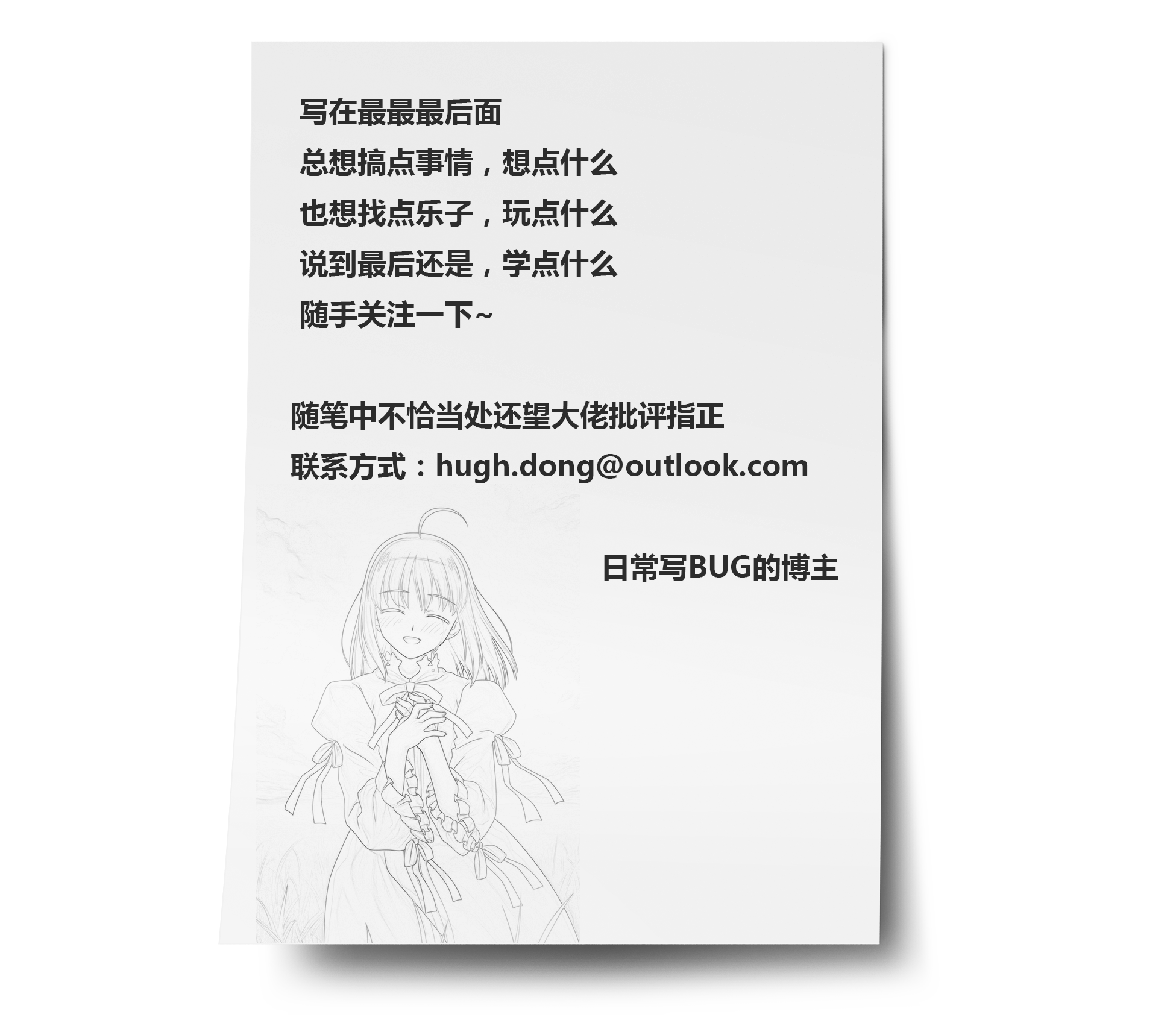—————————————————————————————————————————————————————————
JSON
语法
"use strict"; // 简单值 "hello,world" // 必须使用双引号 // 对象 { "name": "hugh", "age": 12, "school": { "name": "xzcit", "location": "North Andover,MA" } } // 数组 [25, "hi", true] // 组合使用 [ { "title": "Professional JavaScript", "author": [ "Nicholas C.Zakas" ], "edition": 3, "year": 2002 }, { "title": "Professional JavaScript", "author": [ "Nicholas C.Zakas" ], "edition": 4, "year": 2003 }, { "title": "Professional JavaScript", "author": [ "Nicholas C.Zakas" ], "edition": 5, "year": 2004 }]
序列化JSON对象
- stringify() - 把js对象序列化为json字符串
-
stringify()序列化对象的顺序
- 如果存在toJSON方法并且能通过它取得有效的值,则调用该方法。否则返回对象本身
- 如果提供了第二个参数,应用这个函数过滤器,传入函数过滤器的值是步骤1返回的值
- 对步骤2返回的值进行相应的序列化
- 如果提供了第三个参数,执行相应的格式化
"use strict"; var book = [{ "title": "Professional JavaScript1", "author": [ "Nicholas C.Zakas", "hugh" ], "edition": 3, "year": 2002 }]; // 使用JSON.stringify()把一个js对象序列化为一个json字符串,保存在变量jsonText中 var jsonText = JSON.stringify(book); console.log(jsonText); console.log(typeof jsonText); // string // 过滤结果 var jsonText = JSON.stringify(book, ["title", "year"]); // 过滤只保留title和year console.log(jsonText); // 修改返回结果 var jsonText = JSON.stringify(book, function(key, value) { // 传入键值对 switch (key) { case "author": return value.join("||"); // 将数组连接成为字符串 case "year": return 5000; case "edition": return undefined; // 返回undefined属性被忽略 default: return value; // 其他返回本身值 } }); console.log(jsonText); // 字符串缩进 var jsonText = JSON.stringify(book, null, 4); // 缩进4个空格,最大缩进10格 console.log(jsonText); var jsonText = JSON.stringify(book, null, " - -"); // 特殊符号缩进 console.log(jsonText); // toJSON()方法 var book = [{ "title": "Professional JavaScript1", "author": [ "Nicholas C.Zakas", "hugh" ], "edition": 3, "year": 2002, "toJSON": function() { // toJSON可以作为函数过滤器的补充 return this.title; } }]; var jsonText = JSON.stringify(book); console.log(jsonText);
解析JSON对象
- 早起JSON解析器是使用eval()函数,但eval()可能会执行恶意代码
-
parse() - 把json字符串解析为原生js值
"use strict"; var book = { "title": "Professional JavaScript1", "author": [ "Nicholas C.Zakas", "hugh" ], "edition": 3, "year": 2002, "releaseDate": new Date(2011, 11, 1) }; var jsonText = JSON.stringify(book); console.log(jsonText); var bookCopy = JSON.parse(jsonText, function(key, value) { if (key == "releaseDate") { return new Date(value); } else { return value; } }) console.log(bookCopy.releaseDate); console.log(bookCopy.year); //使用 JSON.parse 反序列化 ISO 格式的日期字符串, 将返回Date格式对象。 var jsonText = '{ "hiredate": "2008-01-01T12:00:00Z", "birthdate": "2008-12-25T12:00:00Z" }'; var dates = JSON.parse(jsonText, dateReviver); function dateReviver(key, value) { var a; if (typeof value === 'string') { a = /^(d{4})-(d{2})-(d{2})T(d{2}):(d{2}):(d{2}(?:.d*)?)Z$/.exec(value); if (a) { return new Date(Date.UTC(+a[1], +a[2] - 1, +a[3], +a[4], +a[5], +a[6])); } } return value; }; console.log(dates.birthdate.toUTCString());
